Photo
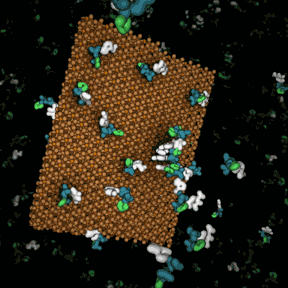

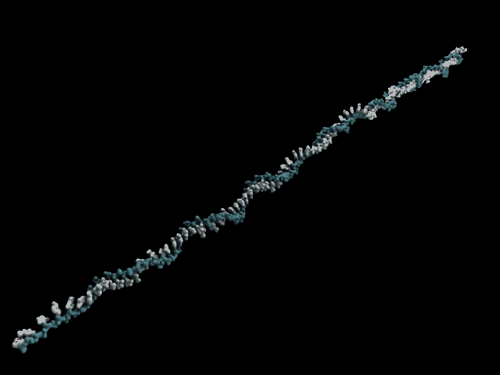





A hypothesized mechanism for the origin of life, an event called abiogenesis. In this version, called RNA world, small molecules called nucleotides formed in the waters of the early Earth during the Hadean Eon, and polymerized on the surface of clay minerals. These simple chains of RNA could replicate themselves in solution, but only slowly and inaccurately. An RNA molecule developed which would fold into a structure that catalyzed RNA polymerization; a ribozyme. The first ribozymes would replicate their sister strands, and produce copies of themselves and other RNA molecules.
In the same environment, long chains of carbon molecules called phospholipids were formed. These molecules have two parts, the tail, which is hydrophobic, and the head, which is hydrophillic. Because of these properties phospholipids will stick together and form micelles and vesicles in water. Vesicles can absorb RNA nucleotides, concentrating them and creating a space where they can replicate, mutate and evolve. At some point a ribozyme became enclosed within a vesicle, starting a chain reaction that evolved into the multitude of biological forms that we see today.
Because this event occurred more than 3.8 billion years ago, theories about how and where it happened are highly speculative. Possible environments for abiogensis include hydrothermal vents on the ocean floor, hyper saline bubbles of water trapped in ice, radioactive lakes or lagoons on earths surface, and even in space or on another planet, brought to earth through a panspermia event. We have very little molecular evidence of the first cells, but ribozymes and catalytic RNA molecules are embedded in the DNA replication machinery of all life. Because evidence of this event has almost certainly been lost to time, the true mechanisms of the origin of life may remain a mystery to science.
5K notes
·
View notes
Photo
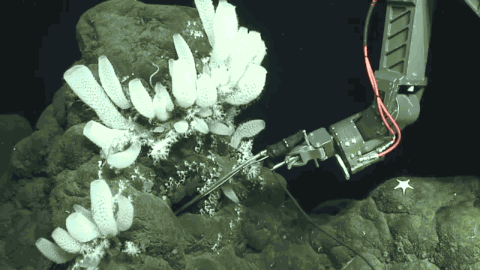
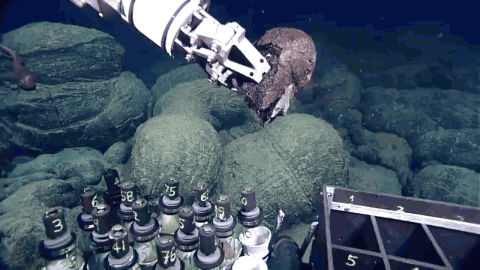
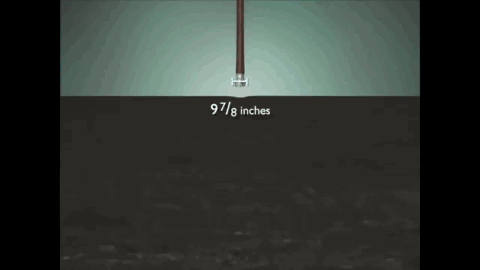
Microbes Discovered In Massive Aquifers Two Miles Below Seafloor
Scientists probing the mysterious world buried under two miles of ocean water and seafloor have discovered new species of microbes that live on sulfates.
The organisms, found by researchers at NASA and the universities of Southern California and Hawaii, have yet to be classified or named and appear to live in buried aquifers under the crust that makes up ocean bottoms.
Scientists now estimate up to a third of the planet’s total mass of living organisms exist in these isolated aquifers made of porous basaltic rock below the oceans. Such large stores of living microbes could play a major role in the global carbon cycle.
See below for a video, a graphic on the work and to read more.
Read More
737 notes
·
View notes
Photo
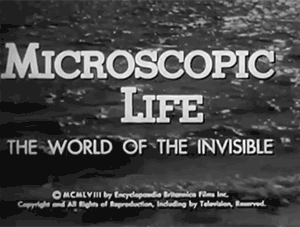

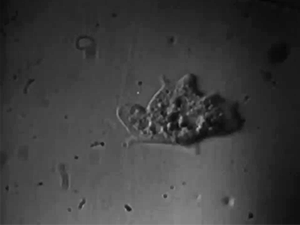




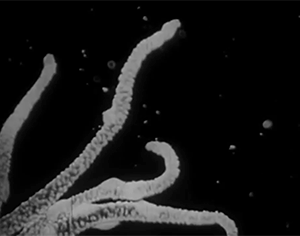

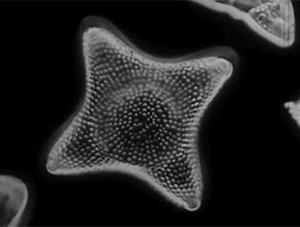
Microorganisms: “Microscopic Life: The World of the Invisible” 1958 Encyclopaedia Britannica Films
All this beautiful life we never see,
9K notes
·
View notes
Link
Desperately Dry California Tries to Curb Private Drilling for Water
0 notes
Link
California Drought Has Wild Salmon Competing With Almonds For Water (via instapaper)
0 notes
Link
1 in 10 beach water samples is contaminated, report finds (via instapaper)
0 notes
Link
See which Californians are increasing water use despite the drought (via instapaper)
0 notes
Link
See which Californians are increasing water use despite the drought
0 notes
Link
How big will Lake Erie's algae bloom be this summer? (via instapaper)
0 notes
Link
0 notes
Link
Radiation dose rates now and in the future for residents neighboring restricted areas of the Fukushima Daiichi Nuclear Power Plant (via instapaper)
0 notes